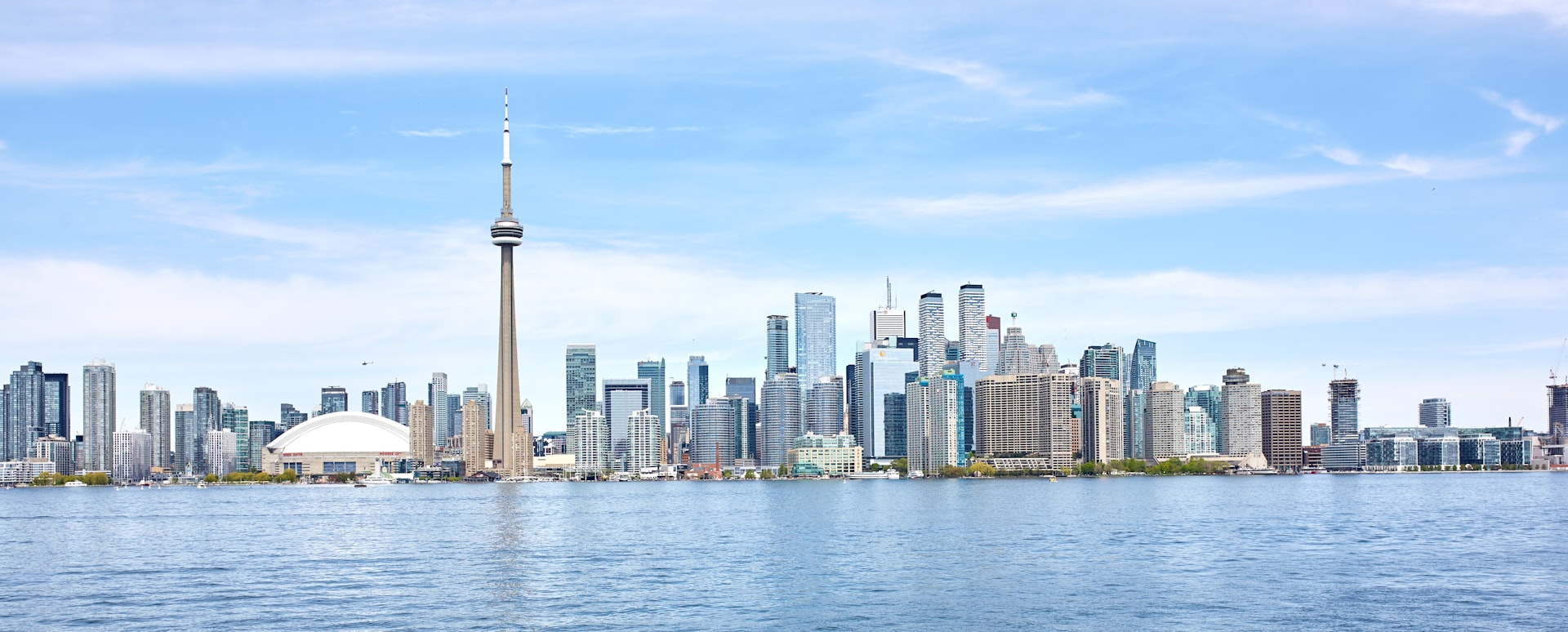(647)928-8506

CANADIAN IMMIGRATION
Visit Canada
Applying for a TRV, Super Visa, or TRP can be a complex process, especially if you are dealing with issues like past inadmissibility.
-
Temporary Resident Visa (TRV)
A Temporary Resident Visa (TRV) allows foreign nationals to enter Canada for a temporary period, whether for tourism, business, or visiting family and friends. Our team can assist you in navigating the application process.
-
Temporary Resident Permit (TRP)
A Temporary Resident Permit (TRP) allows individuals who are inadmissible to Canada to enter for specific reasons, such as humanitarian grounds or compelling circumstances, and is granted at the discretion of Canadian immigration authorities.
Temporary Resident Visa (TRV)
What is a Temporary Resident Visa (TRV)?
A Temporary Resident Visa (TRV), also known as a visitor visa, is an official document issued by the Canadian government that allows foreign nationals to enter Canada for a temporary period. This visa is typically required for tourists, business visitors, or individuals visiting family or friends in Canada. A TRV is placed in your passport and shows that you have met the requirements to enter Canada as a temporary resident.
Types of Temporary Resident Visas
Canada offers different types of TRVs depending on the purpose of your visit:
Single-Entry Visa: Allows you to enter Canada once. After you leave, you will need a new visa to re-enter.Multiple-Entry Visa: Allows you to enter and exit Canada multiple times during the visa’s validity period, making it ideal for frequent travelers.Transit Visa: Required for travelers passing through Canada on their way to another destination. This visa is needed even if you will only be in Canada for a few hours.Parents and Grandparents Super Visa: Designed specifically for parents and grandparents of Canadian citizens or permanent residents, the Super Visa allows for extended stays in Canada—up to five years at a time without the need to renew status. This visa is valid for up to 10 years and is ideal for those who wish to spend extended periods of time with their family in Canada.
Who Needs a TRV?
Not all foreign nationals require a TRV to visit Canada. Citizens from visa-exempt countries may need an Electronic Travel Authorization (eTA) instead. However, individuals from non-visa-exempt countries must obtain a TRV before arriving in Canada.
Temporary Resident Permit (TRP)
What is a Temporary Resident Permit (TRP)?
A Temporary Resident Permit (TRP) is issued to individuals who are otherwise inadmissible to Canada but have a valid reason to enter the country. Unlike a TRV, which is generally for those who meet all entry requirements, a TRP is granted at the discretion of Canadian immigration authorities and is usually issued for specific reasons, such as humanitarian grounds or compelling circumstances.
Eligibility for a Temporary Resident Permit
A TRP is typically granted under exceptional circumstances, including but not limited to:
Medical Emergencies: Individuals who need to enter Canada for urgent medical treatment.Family Emergencies: To visit a sick family member or attend a funeral.Business Purposes: If your presence in Canada is crucial for business reasons, despite being otherwise inadmissible.Past Criminal Record: Individuals with a past criminal record who need to enter Canada for essential reasons.
Steps involved in the The TRV and TRP Process
Step 1: Determine Eligibility
The first step in applying for a TRV, Super Visa, or TRP is to determine your eligibility. This involves understanding whether you need a visa or permit, based on your nationality, purpose of visit, and personal circumstances.
Step 2: Prepare Your Application
Once eligibility is established, the next step is to prepare a comprehensive application. This includes gathering necessary documents such as your passport, proof of financial support, travel itinerary, and, if required, a letter of invitation.
Step 3: Submit Your Application
Applications for TRVs, Super Visas, and TRPs can be submitted online or through a visa application center. It’s crucial that your application is complete and accurate to avoid delays or refusals.
Step 4: Attend Biometrics Appointment (if required)
Some applicants may be required to provide biometrics (fingerprints and photos) as part of the application process. This step typically takes place after submitting your application.
Step 5: Await a Decision
After submitting your application, you will need to wait for a decision from Immigration, Refugees, and Citizenship Canada (IRCC). Processing times can vary depending on your country of residence and the type of visa or permit you are applying for.
Step 6: Receive Your TRV, Super Visa, or TRP
If your application is approved, you will receive your TRV, which will be affixed to your passport, or your TRP, which you must carry with you when you travel to Canada. If you’ve applied for a Super Visa, you will receive a document confirming your ability to stay in Canada for extended periods.
How We Can Help?
Our experienced immigration lawyers are here to assist you every step of the way, ensuring that your application is complete, accurate, and compelling.
